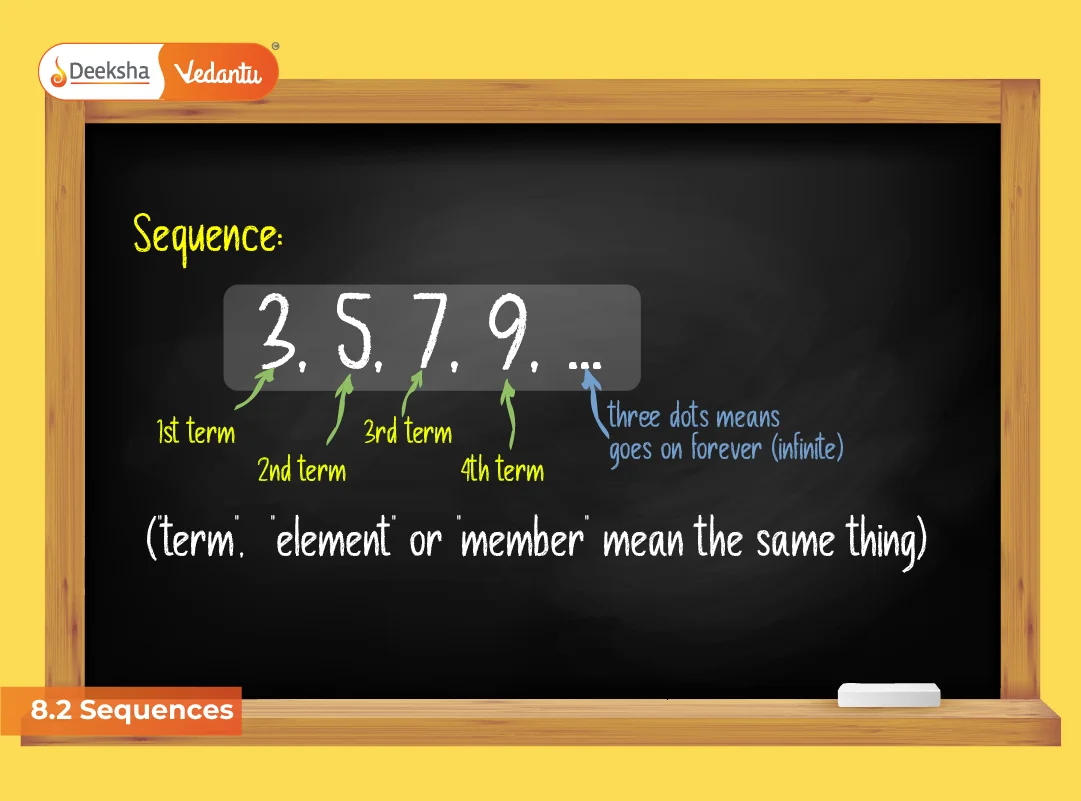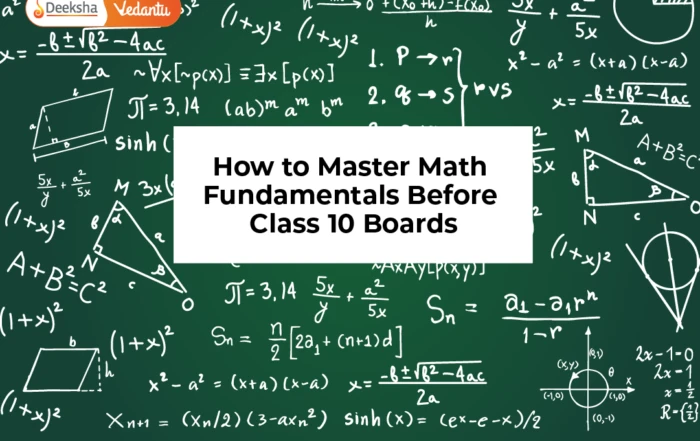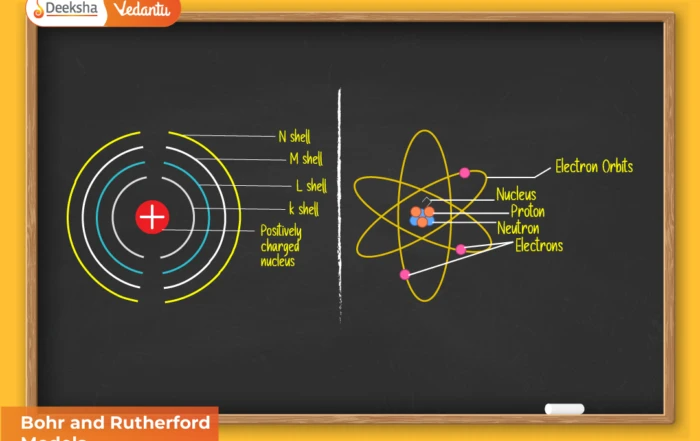
Introduction
Mathematics is often described as the science of patterns, and sequences are among the most direct and beautiful expressions of those patterns. A sequence is a set of numbers arranged in a definite order according to a certain rule. Each number in a sequence is called a term of the sequence.
The study of sequences lays the foundation for series, progressions (AP, GP, HP), calculus, and higher algebra. For students in Class 11, NCERT introduces sequences to sharpen skills in pattern recognition and algebraic manipulation. Moreover, sequences form the stepping stone for advanced topics in JEE, KCET, COMEDK, and other competitive exams, where quick application of nth-term formulas and pattern deductions saves valuable time.
Definition of a Sequence
A sequence can be defined as a function f: N → R, where for each natural number n, we assign a real number an.
Thus, a sequence is written as:
a1, a2, a3, …, an, …
Here:
- a1 is the first term
- a2 is the second term
- an is the nth term
Types of Sequences
1. Finite Sequence
A sequence with a fixed number of terms.
Example: 2, 4, 6, 8, 10
2. Infinite Sequence
A sequence that continues indefinitely.
Example: 1, 1/2, 1/3, 1/4, …
3. Arithmetic Sequence (A.P.)
Each term is obtained by adding a fixed number d (common difference) to the previous term.
General term: an = a + (n – 1)d
4. Geometric Sequence (G.P.)
Each term is obtained by multiplying the previous term by a fixed number r (common ratio).
General term: an = ar(n – 1)
5. Harmonic Sequence (H.P.)
A sequence whose reciprocals form an A.P.
Example: 1, 1/2, 1/3, 1/4
6. Special Sequences
- Fibonacci sequence: 1, 1, 2, 3, 5, 8, … (each term is the sum of the two preceding terms).
- Triangular numbers: 1, 3, 6, 10, 15, …
General Term (nth Term)
The nth term (an) provides a formula to calculate any term of a sequence without listing all the terms.
- For A.P.: an = a + (n – 1)d
- For G.P.: an = ar(n – 1)
- For quadratic sequences: an is a polynomial in n.
Properties of Sequences
- Sequences may be increasing, decreasing, or oscillating.
- The order of terms is crucial (2, 4, 6 is not the same as 6, 4, 2).
- Sequences can consist of integers, fractions, irrationals, or even complex numbers.
Solved Examples (Step-by-Step)
Here are 20+ detailed solved examples modeled after NCERT style.
Example 1
Find the 15th term of the sequence: 3, 7, 11, 15, …
Solution:
This is an A.P. with a = 3, d = 4.
an = a + (n – 1)d = 3 + (15 – 1)4 = 3 + 56 = 59
Example 2
Find the 10th term of the sequence: 2, 6, 18, 54, …
Solution:
This is a G.P. with a = 2, r = 3.
an = ar(n – 1) = 2 × 3(9) = 39366
Example 3
Check whether 121 is a term of the sequence 1, 4, 9, 16, …
Solution:
This is a sequence of squares: an = n2.
Check: n2 = 121 → n = 11.
Yes, 121 is the 11th term.
Example 4
Find the first negative term of the sequence 100, 97, 94, …
Solution:
This is an A.P. with a = 100, d = –3.
an = 100 + (n – 1)(–3)
For an < 0: 100 – 3n + 3 < 0 → 103 – 3n < 0 → n > 34.3.
So, n = 35 → first negative term is –2.
Example 5
Find the nth term of the sequence: 2, 5, 10, 17, …
Solution:
Differences: 3, 5, 7 … (A.P.).
So the sequence is quadratic.
General form: an = n2 + 1.
Applications of Sequences
- In Physics: motion under uniform acceleration (A.P.), nuclear decay (G.P.).
- In Economics: compound interest (G.P.).
- In Computer Science: algorithms based on recurrence relations.
- In Exams: quickly computing terms without long expansions.
Marks Allotment in Exams
- CBSE Boards (Class 11 & 12): 6–8 marks
- JEE Main: 1–2 questions (4–8 marks)
- JEE Advanced: 1 major problem (6 marks), often linked with series
- KCET/COMEDK: 4–6 marks, mostly direct formula-based
Common Mistakes
- Using n instead of (n – 1) in A.P. formula.
- Confusing common difference d with common ratio r.
- Forgetting sign changes when dealing with negative sequences.
- Failing to recognize quadratic or polynomial sequences.











Get Social